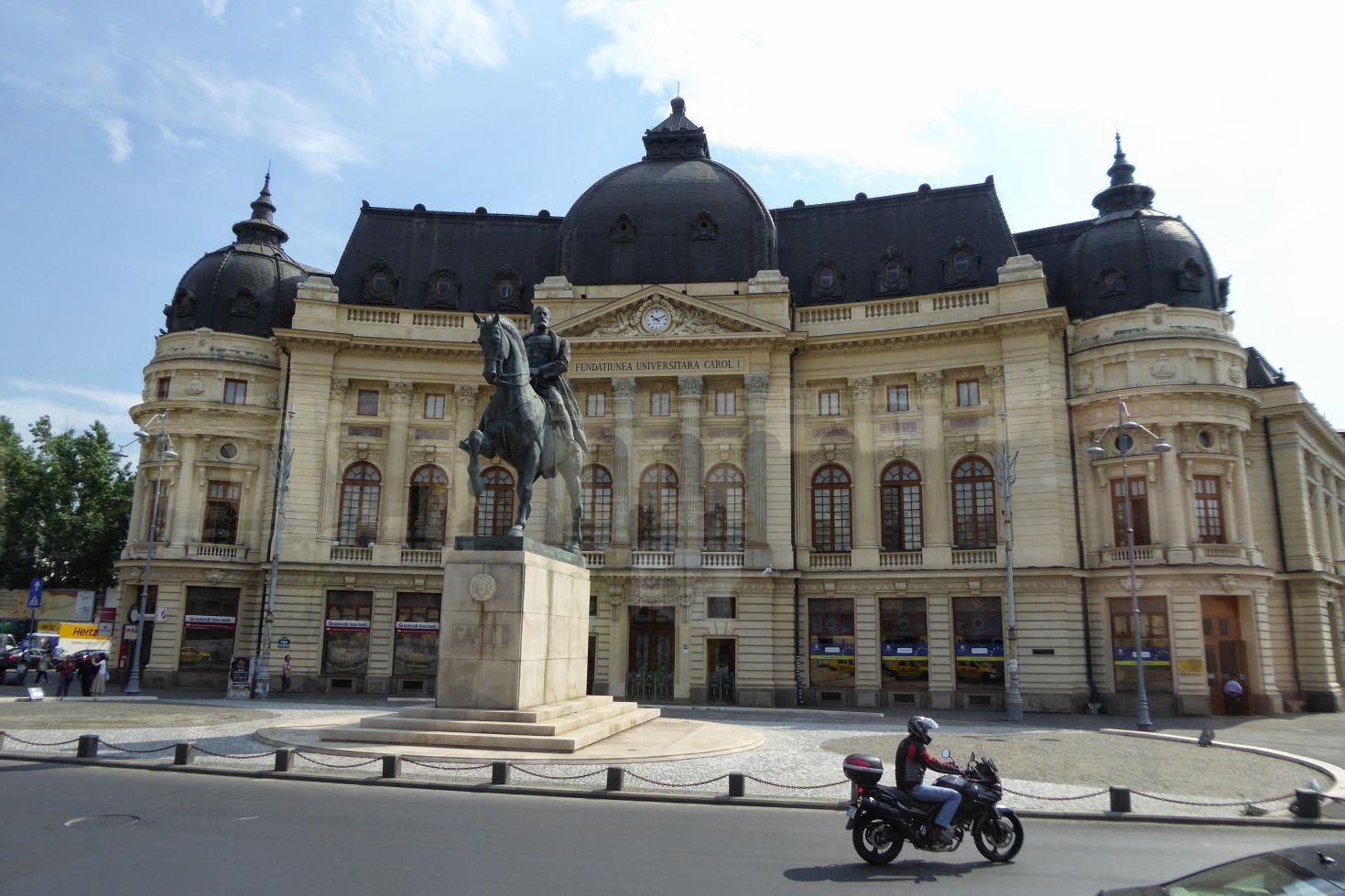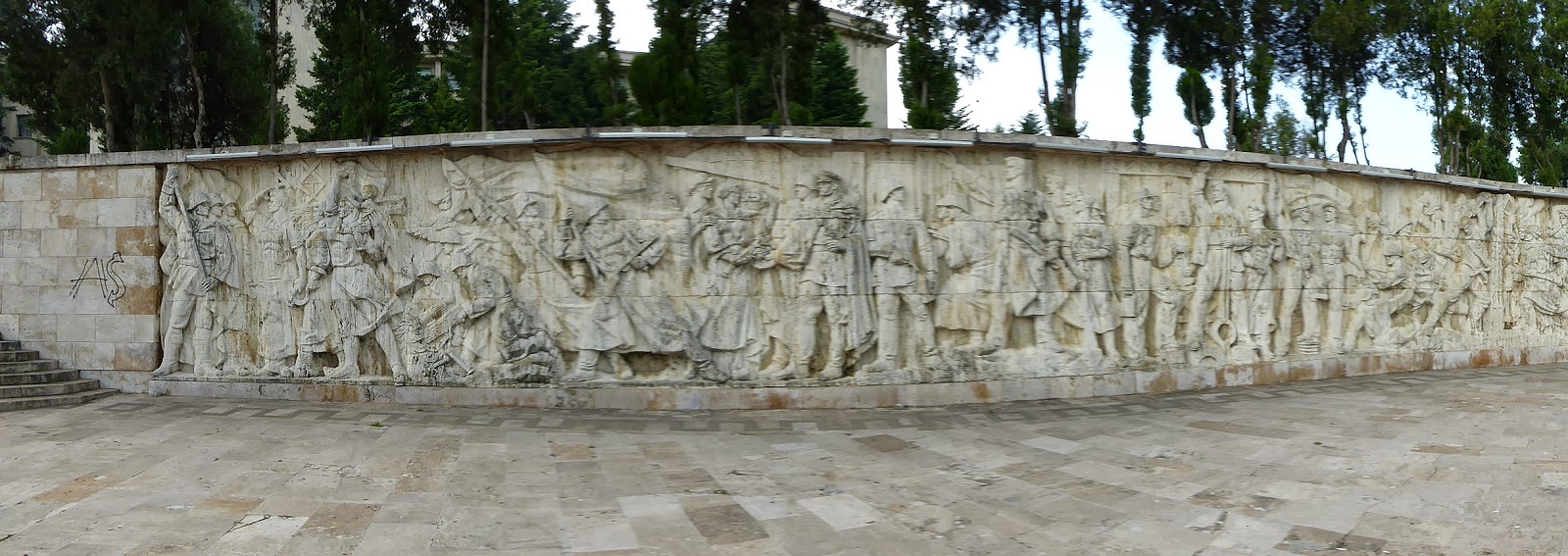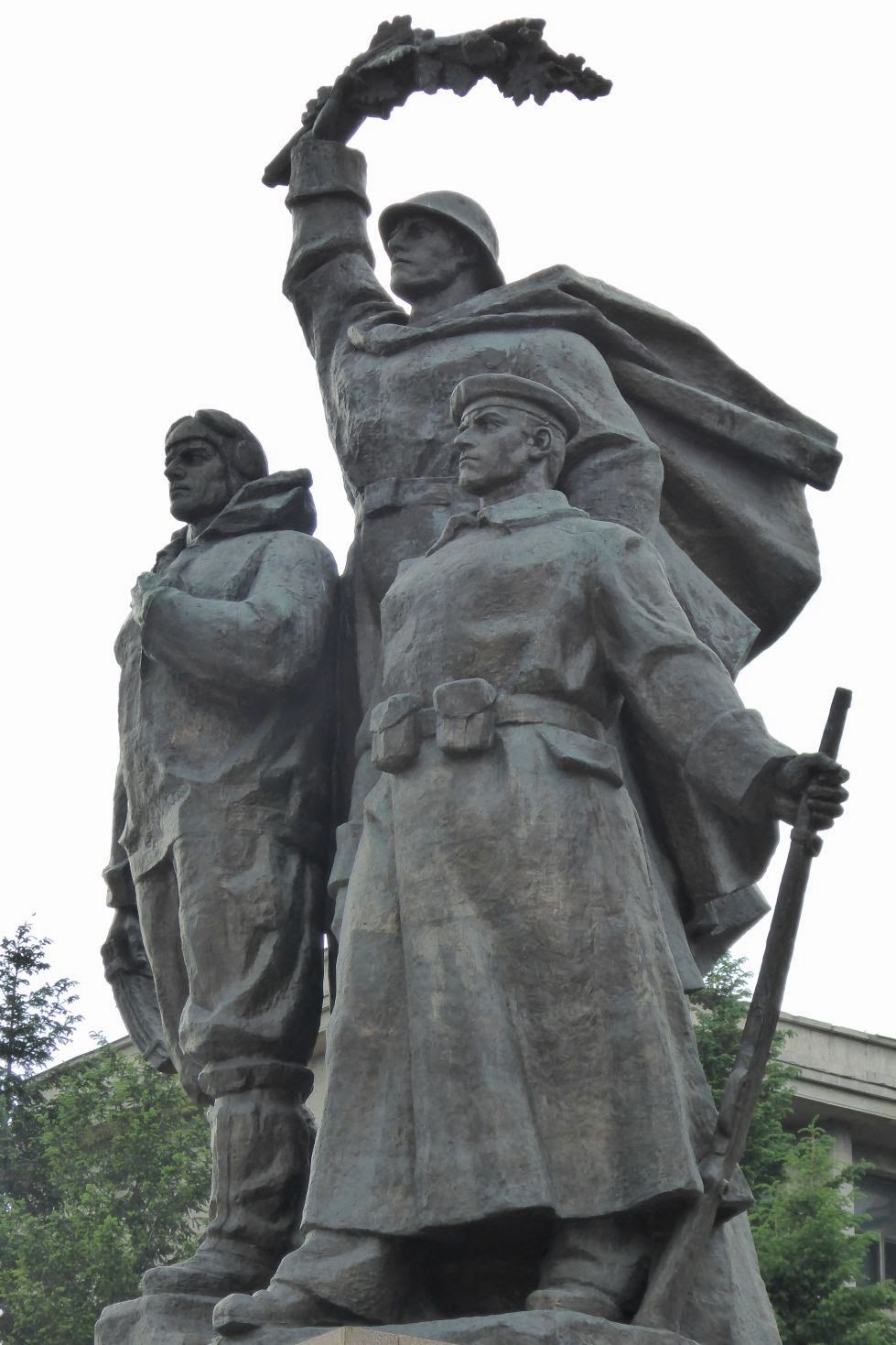Bucharest is the capital municipality, cultural, industrial, and financial centre of Romania. It is the largest city in Romania, located in the southeast of the country, lies on the banks of the Dâmbovița River, less than 70 kilometres north of the Danube River.
Bucharest was first mentioned in documents in 1459. It became the capital of Romania in 1862 and is the centre of Romanian media, culture and art. In the period between the two World Wars, the city's elegant architecture and the sophistication of its elite earned Bucharest the nickname of "Little Paris" . Although buildings and districts in the historic city centre were heavily damaged or destroyed by war, earthquakes, and above all Nicolae Ceauşescu's program of systematization, many survived. In recent years, the city has been experiencing an economic and cultural boom.

According to 2011 census, 1,883,425 inhabitants live within the city limits, a decrease from the figure recorded at the 2002 census. The urban area extends beyond the limits of Bucharest proper and has a population of about 1.9 million people. Adding the satellite towns around the urban area, the proposed metropolitan area of Bucharest would have a population of 2.27 million people. According to Eurostat, Bucharest has a Larger Urban Zone of 2,151,880 residents. According to unofficial data, the population is more than 3 million.[10] Bucharest is the 6th largest city in the European Union by population within city limits, after London, Berlin, Madrid, Rome, and Paris.

布加勒斯特,罗马尼亚首都,位于罗马尼亚东南部,瓦拉几亚平原中部,多瑙河支流登博维察河畔。有「小巴黎」之稱。面积约228平方公里,人口近200万。它是罗马尼亚最大的城市,也是政治、经济、文化中心。以人口計算的話布加勒斯特是歐盟第六大都市。据历史记载,该市已有500多年的历史。1459年,布加勒斯特成为罗馬尼亞要塞,1574年发展成为城市,1659年起成为瓦拉几亚公国首都。1862年成为统一的罗马尼亚国家首都。1877年5月9日罗馬尼亞在此宣布独立。此后,经济不断发展,成为羅馬尼亞具有代表性的城市。该市行政划分为六个区,设市长一名,各区区长一名,均由市民选举产生。布加勒斯特有兩支著名的足球強隊——布加勒斯特迪納摩和布加勒斯特星隊。位於布加勒斯特的羅馬尼亞人民宮號稱是世界第二大建築物。

据2002年人口普查,布加勒斯特有人口1,926,334人,佔罗马尼亚国内人口数的8.9%。有许多在布加勒斯特工作的人居住在布加勒斯特附近城市(主要是在伊尔福夫县),不过他们并不计算在人口内。
布加勒斯特的人口经历过两个快速增长时期。第一次是在19世纪晚期到第二次世界大战。第二次是在齐奥塞斯库时期(1965–1989),随着城市化的进展,许多农村人口搬迁到城市。此外,由于齐奥塞斯库禁止堕胎和避孕,自然增长率也很高。
布加勒斯特的人口中,有96.9%是罗马尼亚人。第二大民族是罗姆人,佔总人口的1.4%。其他民族有匈牙利人(0.3%)、犹太人(0.1%)、土耳其人(0.1%)、中国人(0.1%)和德国人(0.1%)。
在宗教信仰上,96.1%的布加勒斯特人信仰罗马尼亚东正教;1.2%信仰罗马天主教;0.5%是穆斯林;0.4%信仰罗马尼亚希腊天主教。不过只有18%的人口每个礼拜至少参加一次宗教活动。在2003–2005年,布加勒斯特人的平均预期寿命为74.14岁,比罗马尼亚全国平均水准要高2岁。女性平均寿命为77.41岁,男性平均寿命为70.57岁。
 |
| Capitoline Wolf/Romulus And Remus |
 |
| The National Art Museum of Romania - King Carol Statue Bucharest Romania |
 |
| Memorial of Rebirth sculpture |

广场上的尖型纪念碑,正是为纪念1989年推翻共产独裁元首乔尔希斯古(Nicolae Ceauescu)的牺牲者所设,斜后方则是前共产党总部大楼,是暴发革命时乔尔希斯古在阳台上做最后演说,群众却揭竿而起的关键现场。
 |
| The National Art Museum of Romania - King Carol Statue Bucharest Romania |

 |
| Statue of Corneliu Coposu |
 |
The Statue of Vlad Tepes (the Impaler) is on Franceza Street in front of the ruins of the palace where he ruled in the middle 1500s.
|
The Royal Court or The Old Court Ensemble
Once the core of the economic life, a place where important royal buildings rise, the Old Court polarized for many centuries the economic, social and political life of the largest Romanian city.
Between the years 1458-1459 the Citadel of Bucharest was built over the foundations of the first fortress, documentary attested in the Official document of Vlad the Impaler from 20 September 1459.
Once the core of the economic life, a place where important royal buildings rise, the Old Court polarized for many centuries the economic, social and political life of the largest Romanian city.
Between the years 1458-1459 the Citadel of Bucharest was built over the foundations of the first fortress, documentary attested in the Official document of Vlad the Impaler from 20 September 1459.












































No comments:
Post a Comment